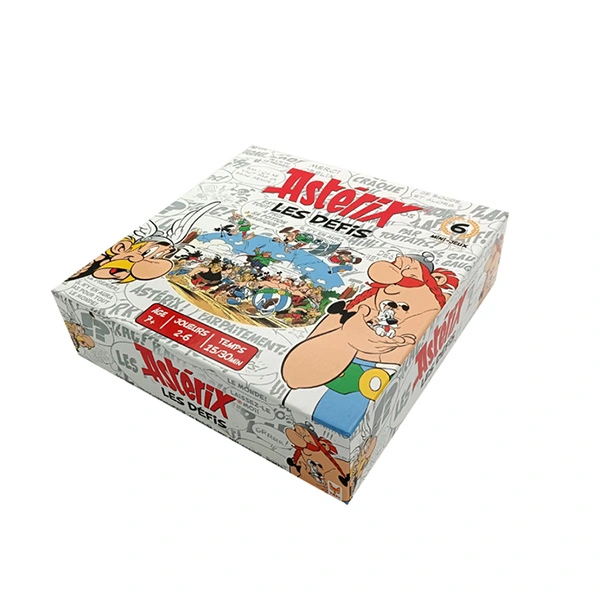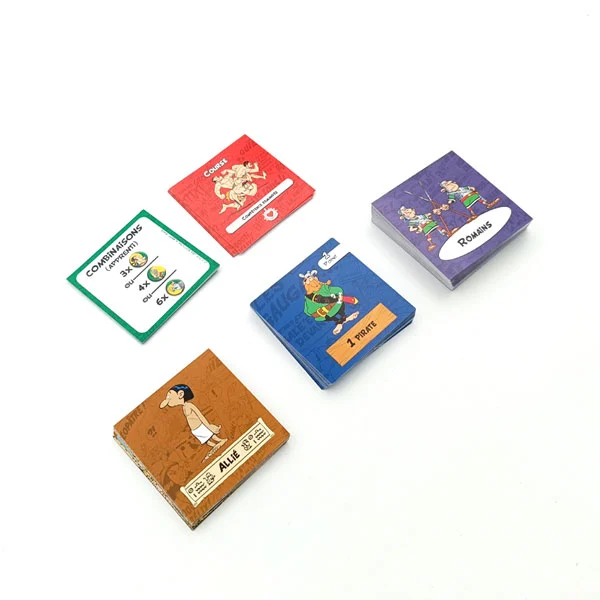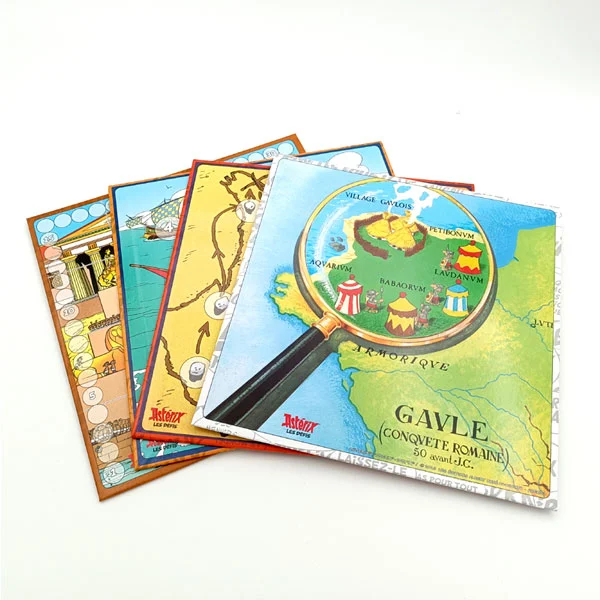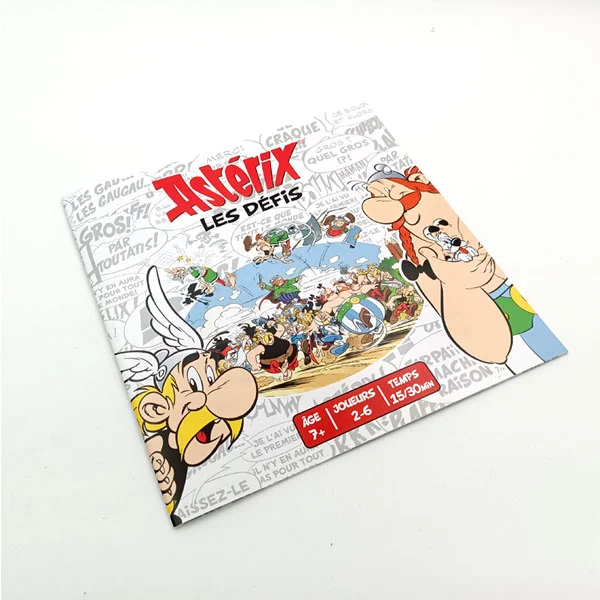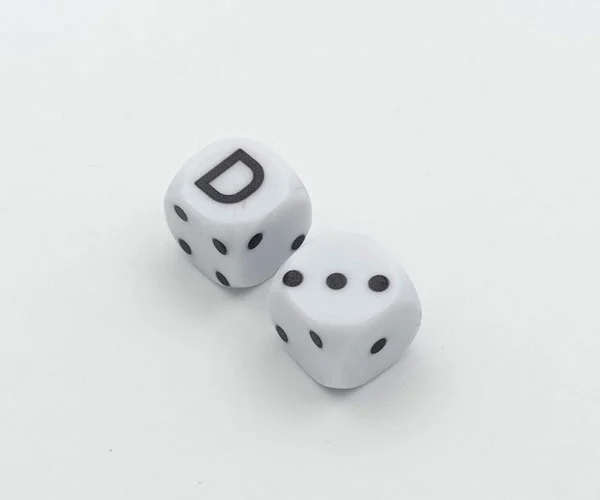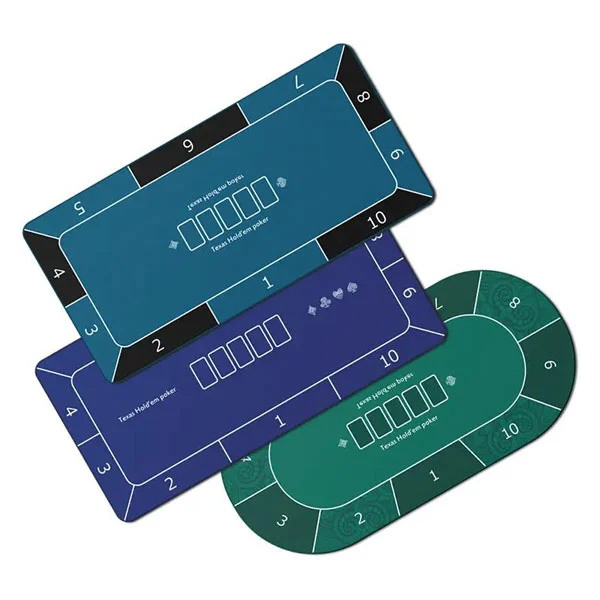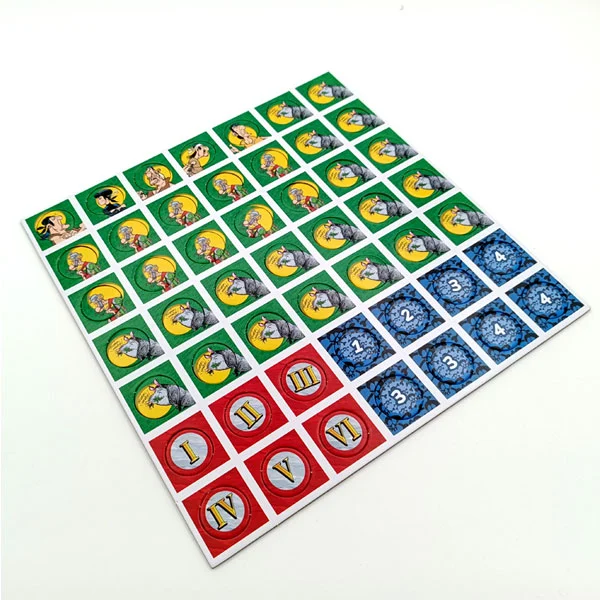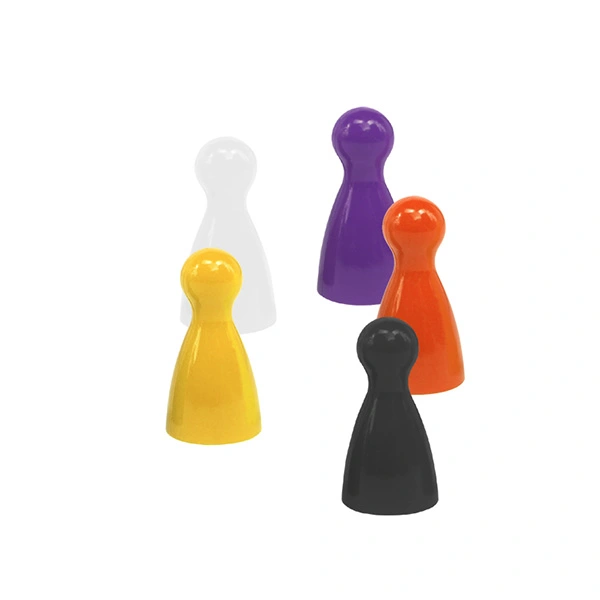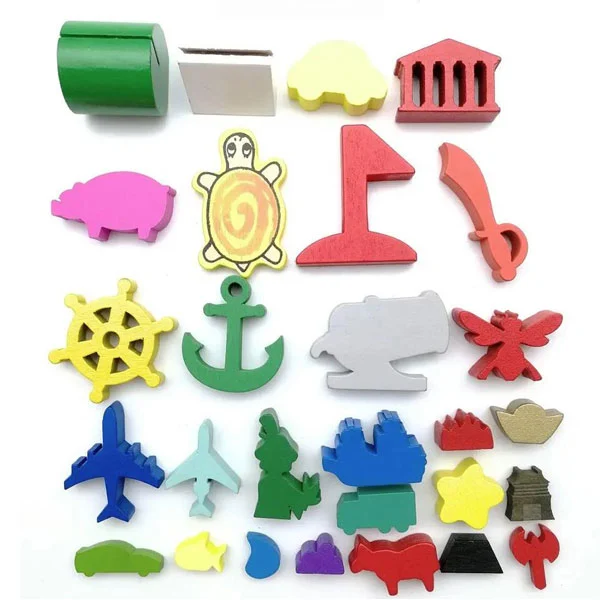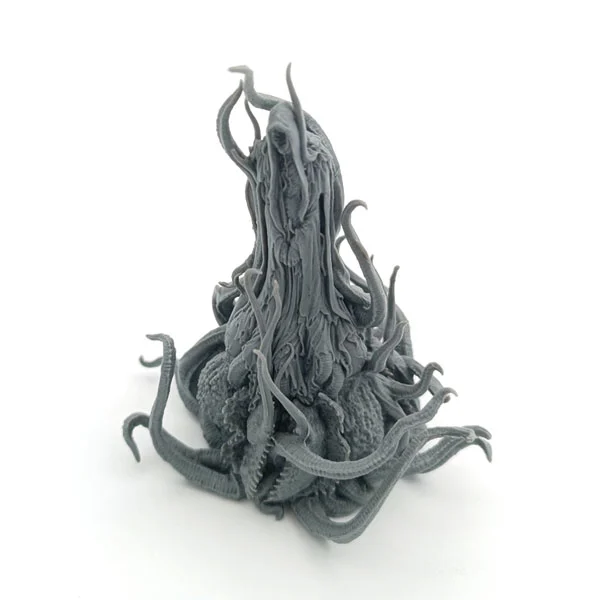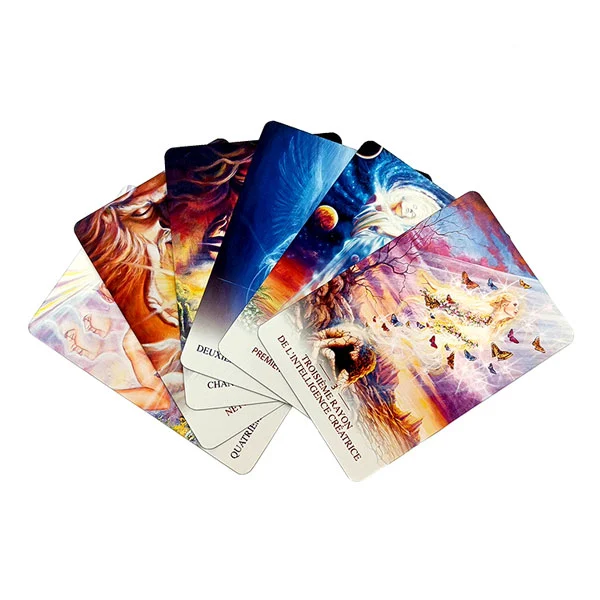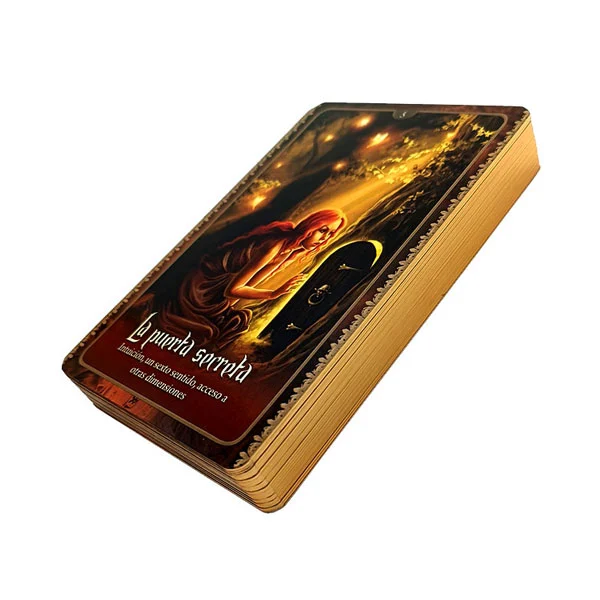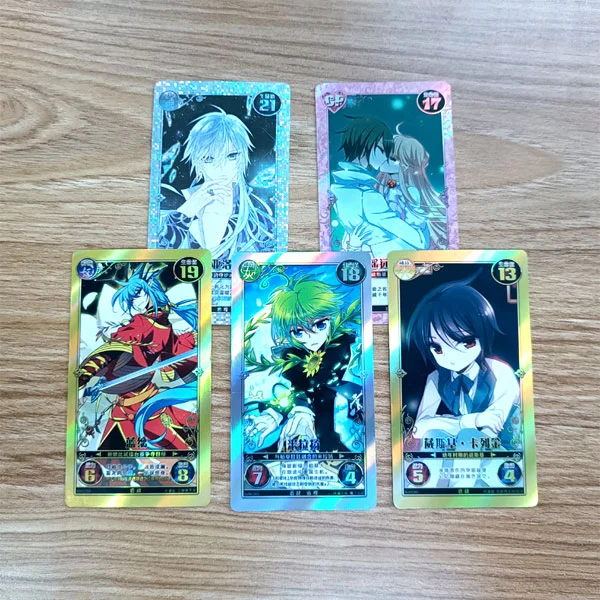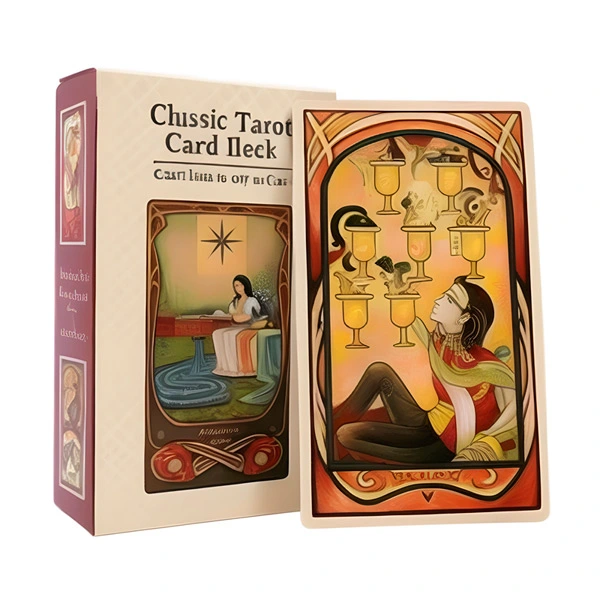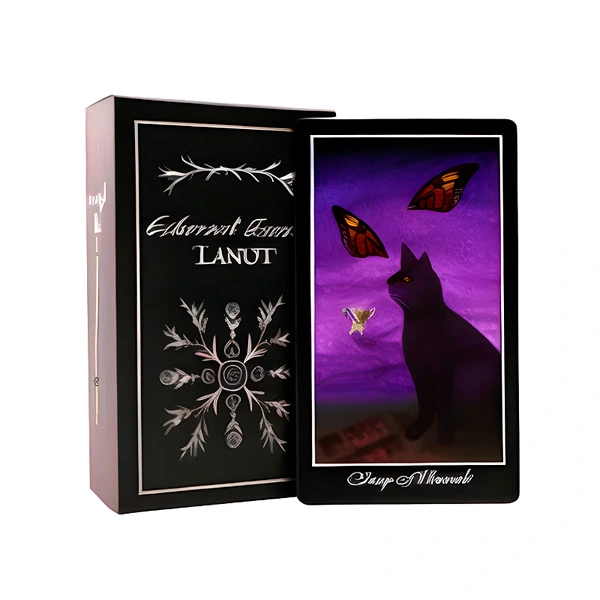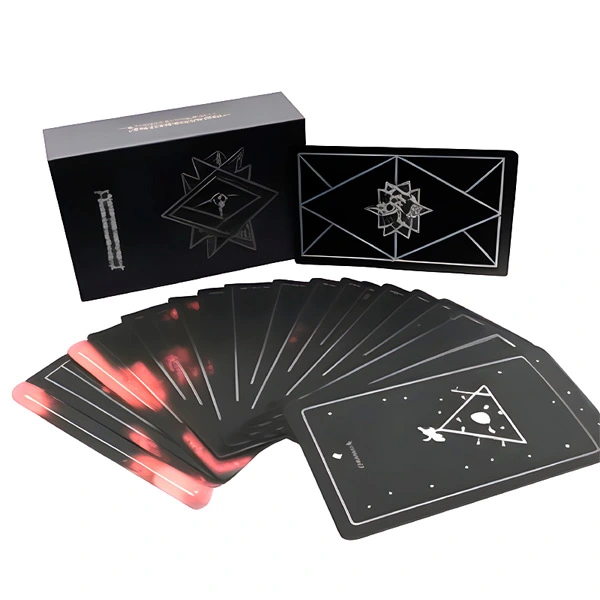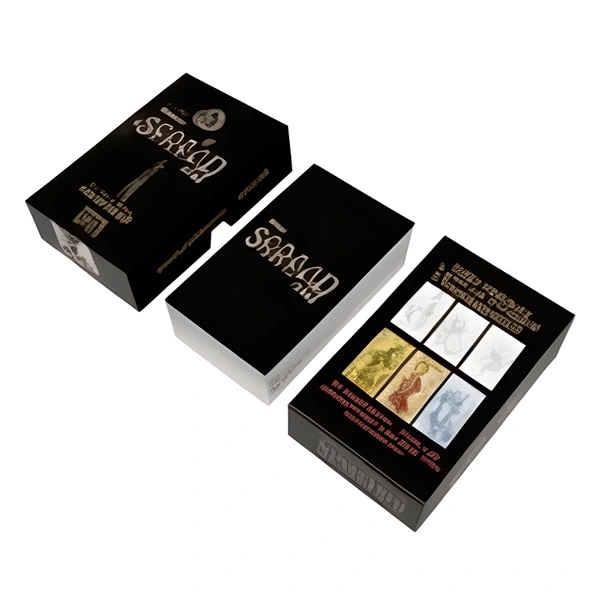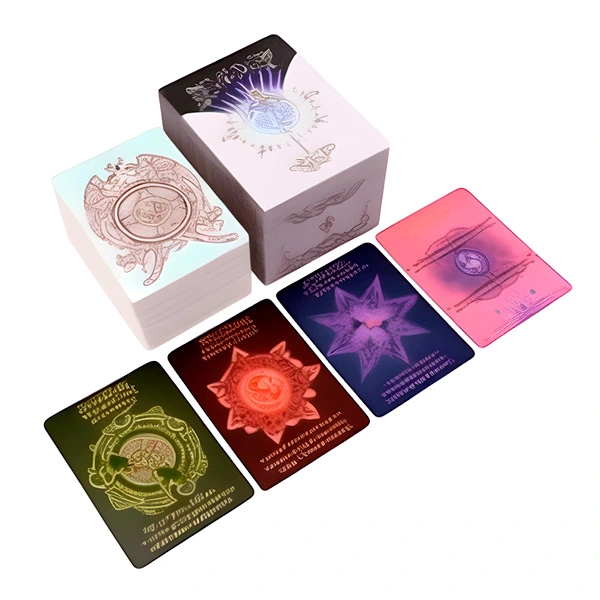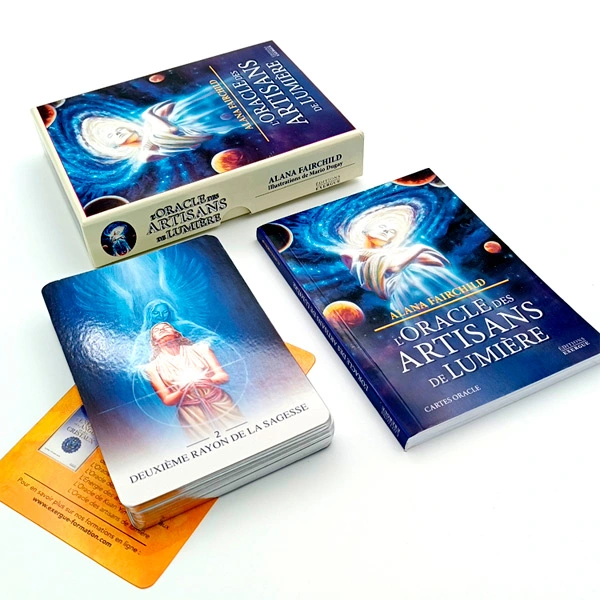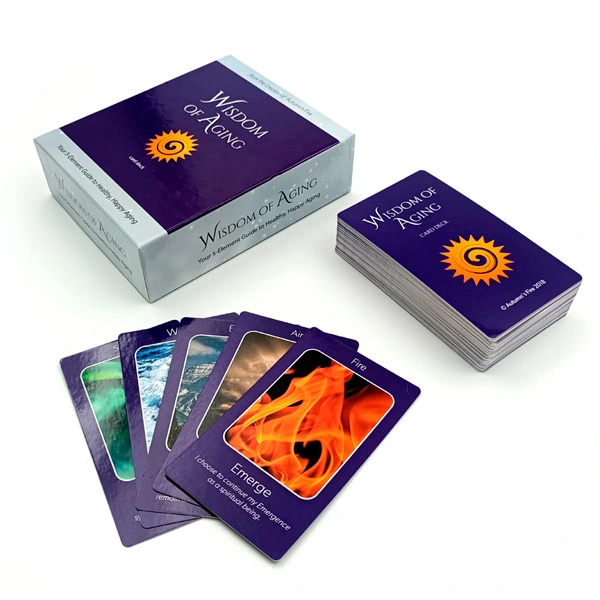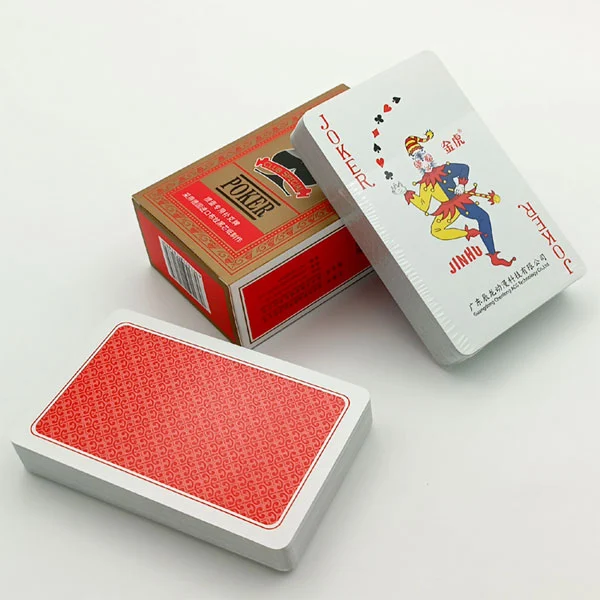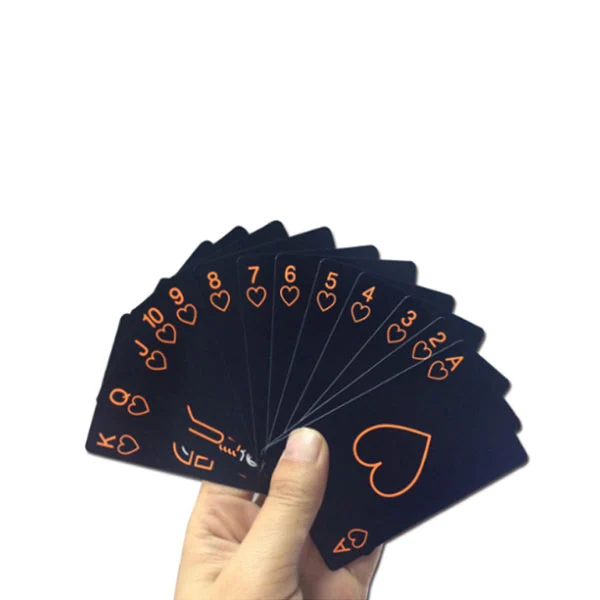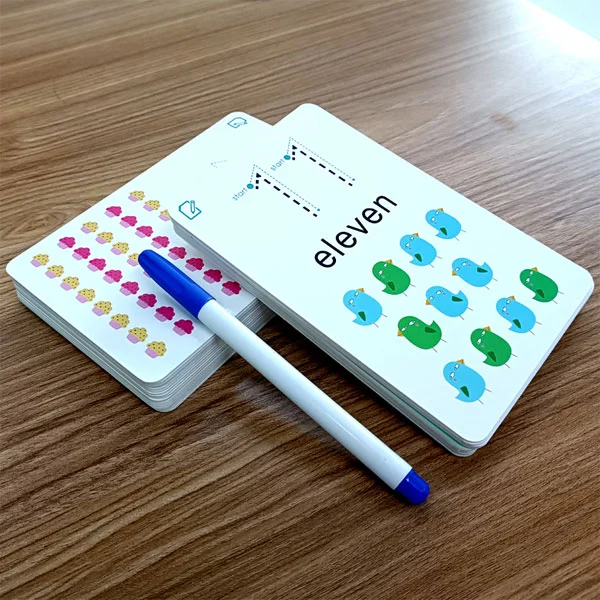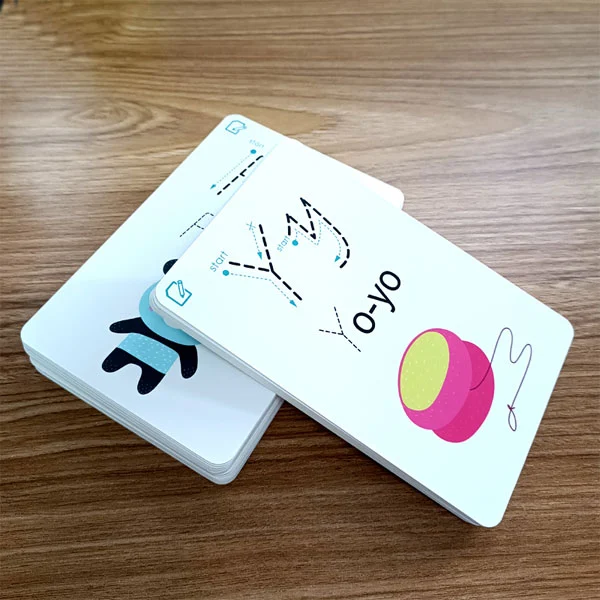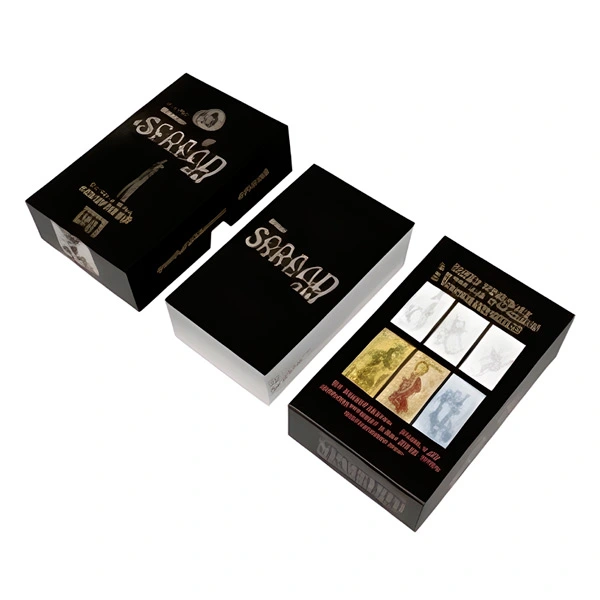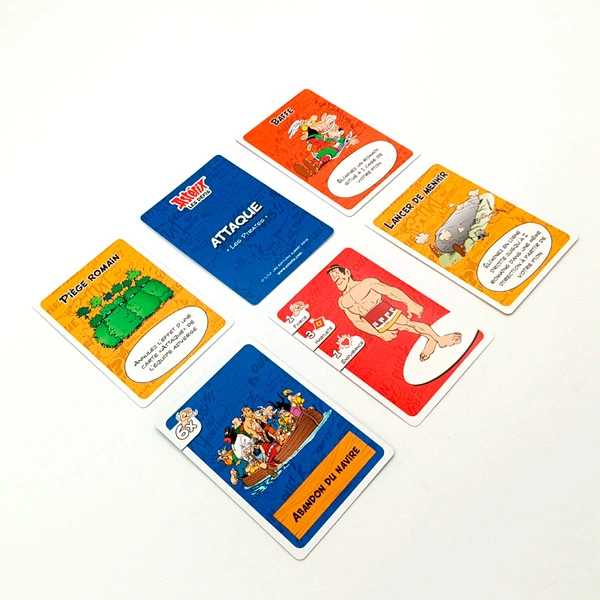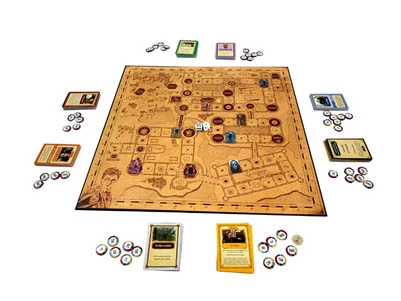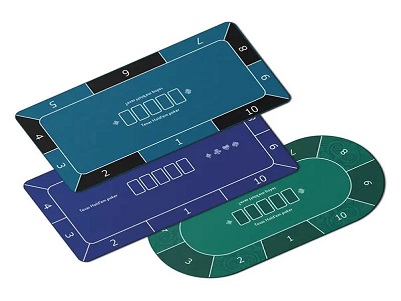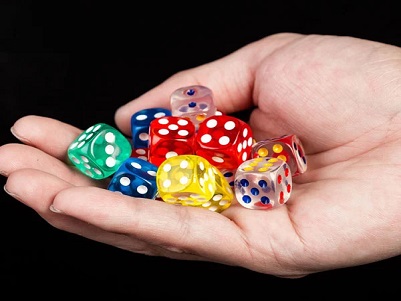China is a major player in toy production, manufacturing over 70% of global toy products. The toy market is closely linked to population demographics and birth rates. Southeast Asia, with its demographic advantages, has become a crucial market for the "child economy" and the toy industry. Many cross-border e-commerce sellers leverage China's toy production advantages to penetrate the Southeast Asian market. Simultaneously, a new trend in trendy toys for adults is emerging in Southeast Asia. For Chinese gamers, what opportunities exist in the toy and trendy toy market in Southeast Asia?
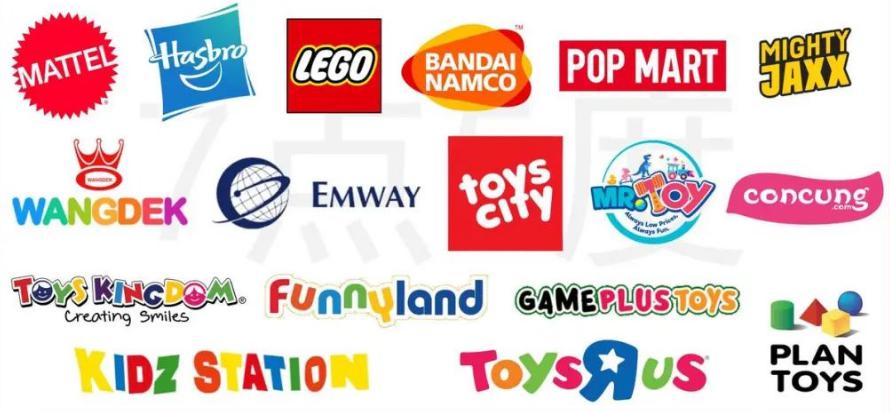
High Birth Rates in Southeast Asia Favor the Toy Market
Generally, toys can be categorized into electronic, mechanical models, plastic, and wooden toys, among others. In addition to traditional toys, there is a continuous introduction of model toys, patented toys (movie, cartoon character toys, etc.), high-tech toys, and STEM (Science, Technology, Engineering, and Mathematics) educational toys. In recent years, trendy toys and blind boxes have become popular, belonging to a type of patented toy. This article mainly discusses traditional toys and trendy toys.
In terms of division of labor, the upstream of the toy industry includes product research and development design and raw material procurement, where product research and development design is the highest value-added link in the industry chain. The midstream participants are toy manufacturers, and the downstream involves offline channels such as supermarkets, specialty stores, department stores, baby stores, and online channels such as major e-commerce platforms.
As the toy market is closely related to population structure and birth rates, the toy industry in Southeast Asia has tremendous consumption potential. With a massive population of over 600 million, Southeast Asia has a young population, with an average median age below 30, compared to most European and American countries with median ages mostly above 40, making it a relatively young market. Additionally, the birth rates in Southeast Asian countries are rapidly increasing, with an average of 2 or more children per household, creating vast market demand for the children's economy. Statistics show that there are over 175 million children under 14 in Southeast Asia, accounting for 27% of the total population. Moreover, as more millennials become parents, this generation places a stronger emphasis on investing in children, leading to increased willingness to spend on toys, whether for entertainment or educational purposes.
According to the "Southeast Asia Toy & Game Market Report" by Transcend Capital, the Southeast Asia toy and game market exceeded 20 billion RMB in 2023, with revenue continuing to grow. In 2023, the revenue scale was 5.64 billion USD, and it is expected to grow to 6.52 billion USD by 2028, with an expected annual growth rate of 7%. Looking at market share, Vietnam, Indonesia, and the Philippines are the top three in the Southeast Asian toy and game market, accounting for nearly 70% in 2023. In terms of market growth rate, Indonesia and the Philippines have significantly higher growth rates than the Southeast Asian market average. In terms of revenue share, the top three are building kits and models, plastic and other toys, and dolls and plush toys. Regarding sub-market growth, board game, card games, and puzzles show growth rates higher than the average from 2023 to 2028.
Different Preferences in Each Country, Puzzle Toys Are Increasingly Emphasized
Although the overall population structure in Southeast Asia is young, and birth rates are high, there are subtle differences in each country's population structure and toy preferences. Generally, due to growing up in the internet age and having higher levels of education than the previous generation, new-generation parents in Southeast Asia place more importance on the educational and environmental functions of children's toys.
Philippines: Highest Birth Rate, Preference for Early Education Toys
The Philippines has the highest birth rate among Southeast Asian countries, with an average of more than three children per woman. According to Lazada's data, early education toys, such as learning machines and children's building blocks, experienced sales growth during the back-to-school season and holidays in Southeast Asian countries. In the Philippines, early education toys topped the list of month-on-month growth in June. In terms of specific products, Filipino consumers like to host various parties to celebrate occasions such as Valentine's Day, Halloween, Christmas, birthdays, and graduation. Therefore, party toy supplies are very popular in the Philippines.
Indonesia: Largest Population, Fastest Growing Market
Looking at Indonesia's population structure, 26.1% of the population is under 14, exceeding 70 million people, providing enormous potential for the toy and game market. On average, each Indonesian family raises two children, creating a huge market for baby toys. Indonesian families spend an average of 6 USD per year on traditional toys and games. Due to Indonesia's rapid economic growth and the increase in the number of middle-income families, Indonesia is expected to be the fastest-growing market for traditional toys in the Asia-Pacific region from 2022 to 2027.
Vietnam: High Acceptance of New Things, Emphasis on Cost-Effective Choices
According to the Vietnam Statistics Bureau, the birth rate in Vietnam was 2.01 children per woman in 2022. The average age of the Vietnamese population is 33, with 73% of the population aged 35 or below, indicating a young population with purchasing power. Vietnamese consumers prefer lightweight and cost-effective toys, such as mini racing cars and toddler picture boards, which are experiencing fast sales growth. Popular toys in Vietnam include climbing figurines, finger-flicking chicken stress relief toys, mini assembly building blocks, plush spring chickens, toddler picture boards, early education toys, mini racing cars, and remote-controlled toys, among others.
Singapore: Low Birth Rate but Strong Consumer Power
According to population data, Singapore's birth rate dropped to 1.04 in 2022, reaching a historic low. However, due to Singapore's developed status and strong consumer power, the average spending per customer is relatively high, and consumers pay more attention to the brand and IP attributes of products. In terms of product trends, Singapore's sustainable toy market is increasingly prominent. For example, Hasbro launched the Monopoly Go Green version, emphasizing sustainable values by making game items from 100% recycled paper. Popular sustainable toys in Singapore include toys made from recycled materials such as plastic bottles and cardboard, as well as toys made from sustainable materials like bamboo and organic cotton. These toys often have eco-friendly features such as biodegradability or compostability. It is expected that sustainable products in Singapore will continue to grow in popularity in the traditional toy and game market. Most market segment categories are currently growing at rates lower than the compound annual growth rate for the next four years, indicating that the Singapore market may no longer be a high-growth market. However, due to its high consumption level, it is worth focusing on high-average-price segment markets.
Thailand: Emphasis on Social Media, Love for IP and Merchandise
According to population data, Thailand's birth rate is 1.51. In 2022, Thailand's target birth rate was 700,000, but the actual births were 502,000, about 30% lower than the target. Thailand's labor force is 42.6 million, accounting for 63.6% of the total population. Based on product data, Thai consumers tend to discover new toys on social media, and they also prefer to buy merchandise with popular IP images. Retailers need to pay special attention to copyright issues when stocking such products. Popular toys in Thailand include LCD writing tablets for early education, plush toys that swing wildly, plush toys, expandable stress-relief animal toys, plush dolls, and stress-relief puzzles.
Malaysia: Fondness for IP Toys, Higher Willingness to Pay
Looking at population data, Malaysia's total population is 32 million, and the birth rate for Malaysian women aged 15 to 49 was 1.7 in 2020, marking a 40-year low. Based on product data, IP is a key driver of growth in action figures, dolls and accessories, and construction categories in 2022. For example, concept toys of Disney princesses are still popular in Malaysia's dolls and accessories category. Additionally, recommended hot-selling products in Malaysia include small bear plush toys, large plush toys, party sticker supplies, gesture-controlled cars, children's tents, and building block toys. At the same time, the trend of young adults collecting toys and games is becoming more evident, including action figures, construction products, model vehicles, games, and puzzles. Adult consumer groups also have a higher average spending per customer. In the STEM skills toy field, parents are willing to pay higher prices.
Offline Sales Dominant, but Online Proportion Increasing
In Southeast Asia, the toy and game market is mainly led by multinational companies and major brands such as Mattel, Hasbro, LEGO, and Bandai Namco.
Mattel:
Mattel is an American multinational toy manufacturing company and the world's second-largest toy manufacturer after LEGO. It owns well-known original IPs such as Barbie, Thomas & Friends, and Hot Wheels. Currently, Mattel has the world's largest Barbie and Hot Wheels toy factories in Indonesia and Malaysia, respectively.
Hasbro:
Hasbro is an American multinational toy and board game company that collaborates with media to promote its products, including television programs. It owns well-known original IPs such as Transformers, Star Wars, My Little Pony, and Nerf. Currently, Hasbro's third-party factory numbers in China have continuously decreased from 48 in 2018 to 35 in 2020, and many factories have been relocated to Vietnam, India, and other locations.
LEGO:
LEGO is a well-known Danish toy company that produces plastic brick toys. It is currently the third-largest player in the Southeast Asian market. In 2021, the LEGO Group announced plans to invest $1 billion in building a new factory near Ho Chi Minh City, Vietnam. This factory will be LEGO's first carbon-neutral factory, aiming to support long-term growth in the Asia-Pacific region.
Bandai Namco:
Bandai Namco is one of Japan's well-known large toy suppliers, especially popular among fans of figurines, model kits, and "otaku" anime and manga enthusiasts. It has expanded its business areas to games, audiovisuals, peripherals, and offline entertainment through multiple dimensions such as IP, technology, and channels. Currently, it has become a leading entertainment giant in Japan. Well-known IPs include Gundam, Ultraman, Dragon Ball, One Piece, and Pokémon, among others.
Market Share and Online Trends in Southeast Asia
Among these major players, Mattel dominated the Southeast Asian market until 2018. However, after 2018, Hasbro has essentially surpassed Mattel to become the largest player in Southeast Asia. On the other hand, LEGO has experienced rapid growth since 2017 and currently holds a 9% market share in Southeast Asia. In comparison, Bandai Namco has seen a decline in market share, currently accounting for around 2%. Looking at individual country markets, Mattel dominates in Indonesia and the Philippines, Hasbro in Malaysia and Thailand, and LEGO in Singapore. These multinational brands and IPs are primarily distributed through local retailers in Southeast Asia, with offline channels being the main avenue for toy consumption.
In addition to these global players, Southeast Asia also has local toy and retail brands. For instance, Malaysia has Game Plus Toys and MR.TOY, Indonesia has Toys City and Kidz Station, often referred to as Indonesia's "Toys "R" Us," and Thailand boasts Plan Toys, a top-notch original wooden toy brand, and Singapore has Emway Group. Besides local retailers, the well-known American toy retailer Toys "R" Us also has a presence in Southeast Asia with over 30 stores in Malaysia and more than 10 stores in Singapore.
While offline channels dominate the Southeast Asian toy market, the proportion of online channels is steadily increasing, expected to surpass 20% by 2025. According to the Southeast Asia Toy & Game Market report by Viet Hai Capital, Thailand and Vietnam have the highest proportion of offline channels, with online channels expected to exceed 10% by 2024 and 2025, respectively. Indonesia is projected to surpass 20% and reach 24% by 2025. In the Philippines, online channel development is faster than in Indonesia, with online channels surpassing 20% in 2023. Malaysia's online channel development is slower, expected to surpass 20% by 2025. Singapore, however, is the fastest-growing country in terms of online channels, with an estimated share of nearly 30% by 2025.
In the online channel landscape, toy brand sellers and small to medium-sized sellers mostly choose the three major e-commerce platforms in Southeast Asia:
Lazada:
In 2019, water sand toys, baby toys, party supplies, plush toys, and electronic and remote-control toys were popular categories on Lazada.
In 2020, building construction toys such as blocks and combinations were the fastest-growing category in Southeast Asia, with an annual growth rate exceeding 200%.
In 2022, during Lazada's 6.6 promotion, remote-control toys, including toy cars and accessories, flying toys, machine toys, and outdoor toy cars, performed well.
Shopee:
In Q1 2023, the mother and baby toy category performed outstandingly on Shopee in several markets.
Due to the strong domestic toy supply chain, the growth of the mother and baby category has been further accelerated, making it one of the excellent categories for sellers to expand into.
Based on the sales rate data, Indonesia has the highest average sales rate at 13%, followed by Vietnam, Thailand, and the Philippines.
Malaysia and Singapore have sales rates below 10%, with average sales rates of 8.45% and 7.51%, respectively.
TikTok Shop:
In the Philippines, nostalgic toy Lato-lato is among the top-selling items, with an average price of $0.25.
Thailand's top-selling toys include stickers, educational musical machines, and building blocks, with an average price of around $2.
Vietnam's top-selling toys cover shooting, drawing, and educational toys, with an average price of $2.5.
Singapore's top-selling toys are focused on drawing, game cards, and dolls, with an average price as high as $5.5, the highest in Southeast Asia, but with relatively low overall sales volume.
Malaysia's top-selling toys include well-known IP elements, with an average price of $0.3.
Indonesia's top 5 best-selling toys are mainly puzzle building blocks, with an average price of $0.7, and the KKV children's DIY stacking block toy has the highest price at $4.68.
Apart from major e-commerce platforms, well-established independent sites have also become a significant choice for toy consumers in Southeast Asia. For example:
Con Cưng Corporation, a Vietnamese retail and online platform for baby products, has achieved a compound annual growth rate of 70% and exceeded $500 million in revenue by the end of 2022, operating over 1,000 baby stores in more than 45 provinces and cities in Vietnam.
Wang Dek Toysland, a Thai wholesale and retail toy distributor, was established in 1971. It mainly imports products from Japan, mainland China, and Taiwan and is a distributor for multiple brands and IPs in Thailand. Currently, it has eight Small World branches in Thailand and one Small World direct store.
This indicates that both online and offline channel strategies are crucial in the Southeast Asian toy market.

